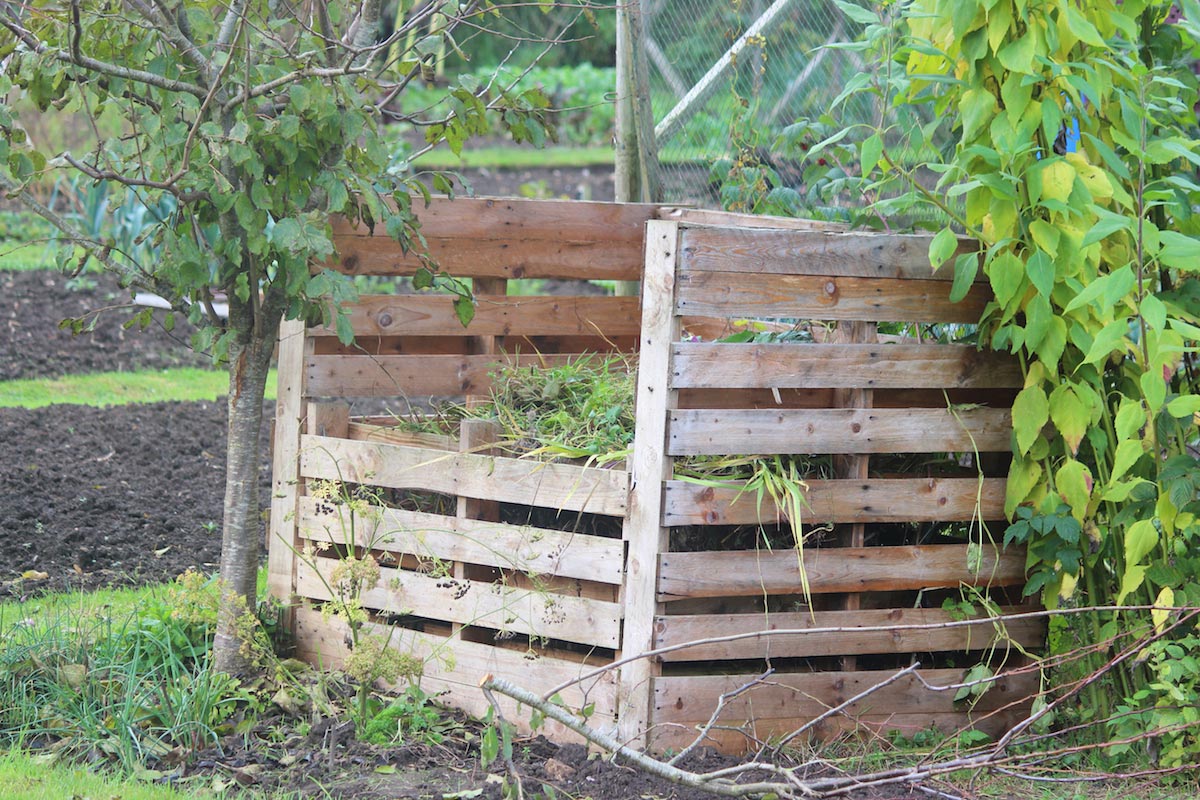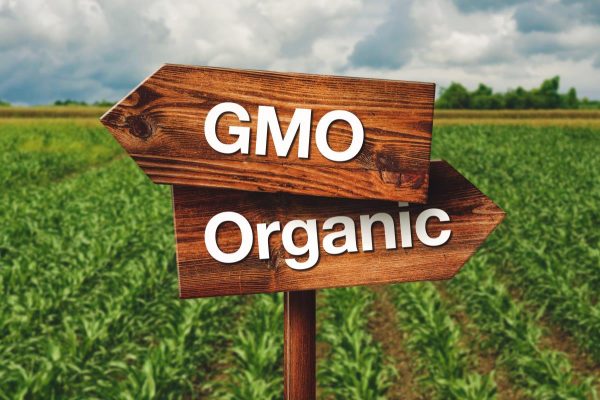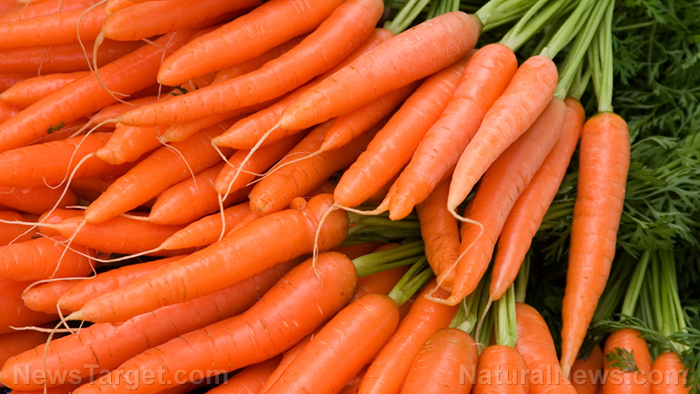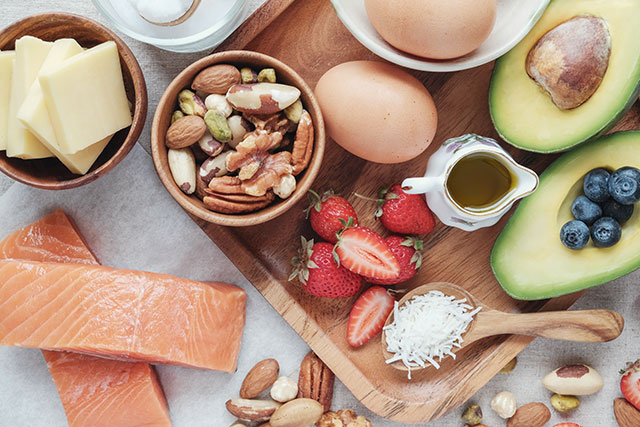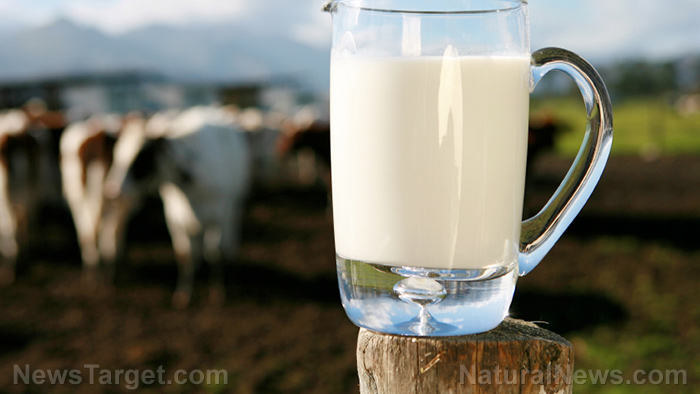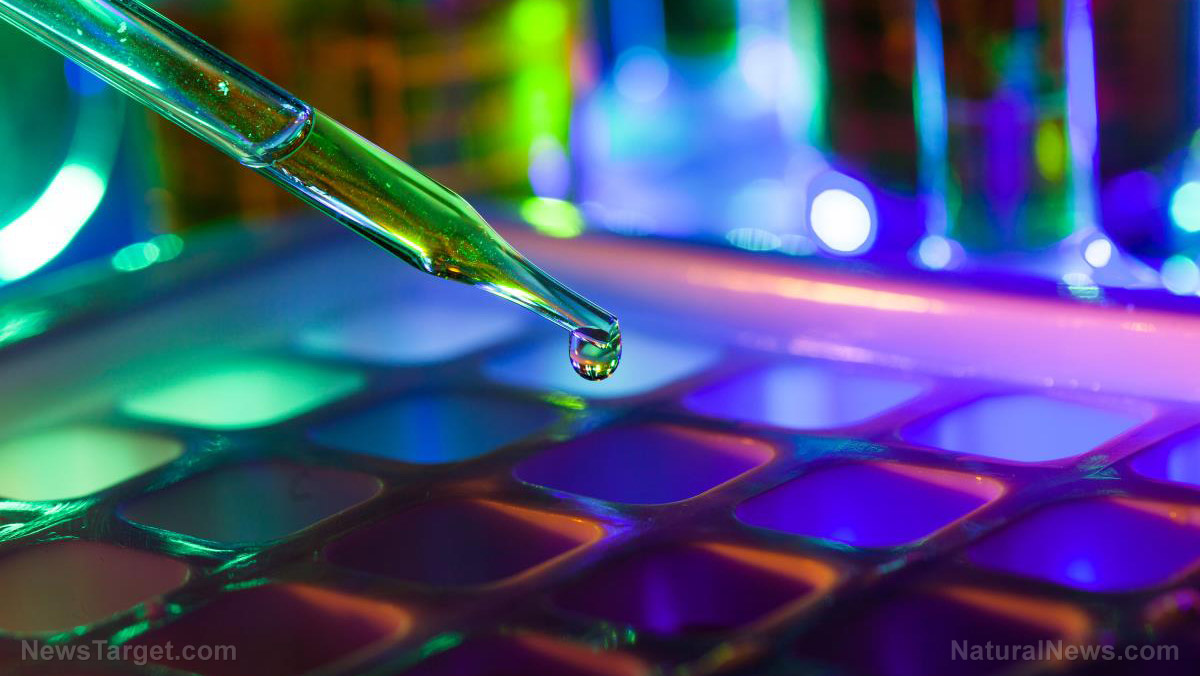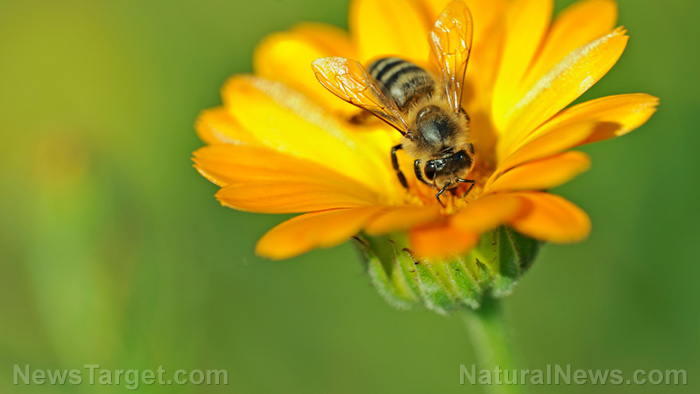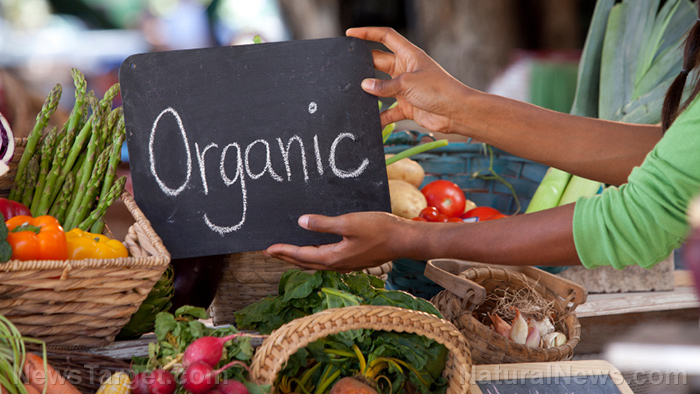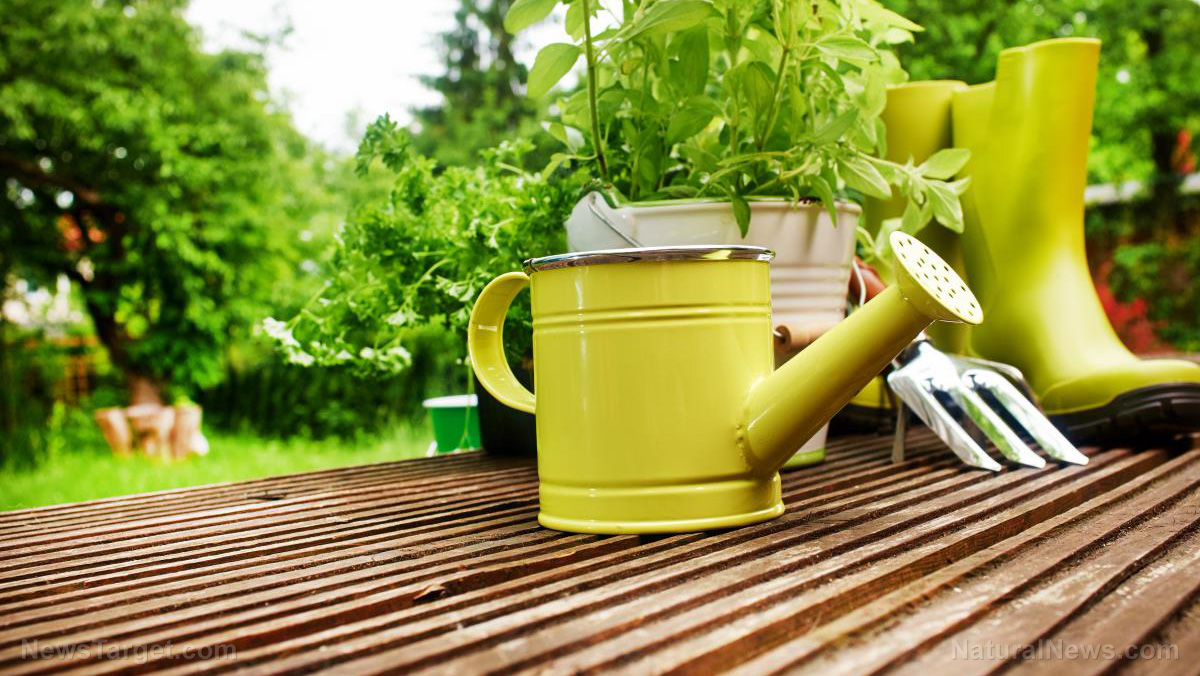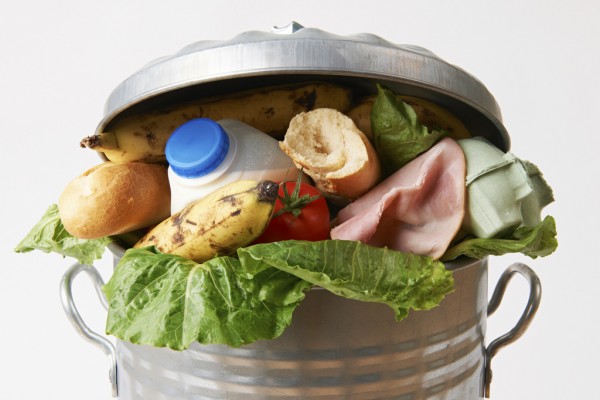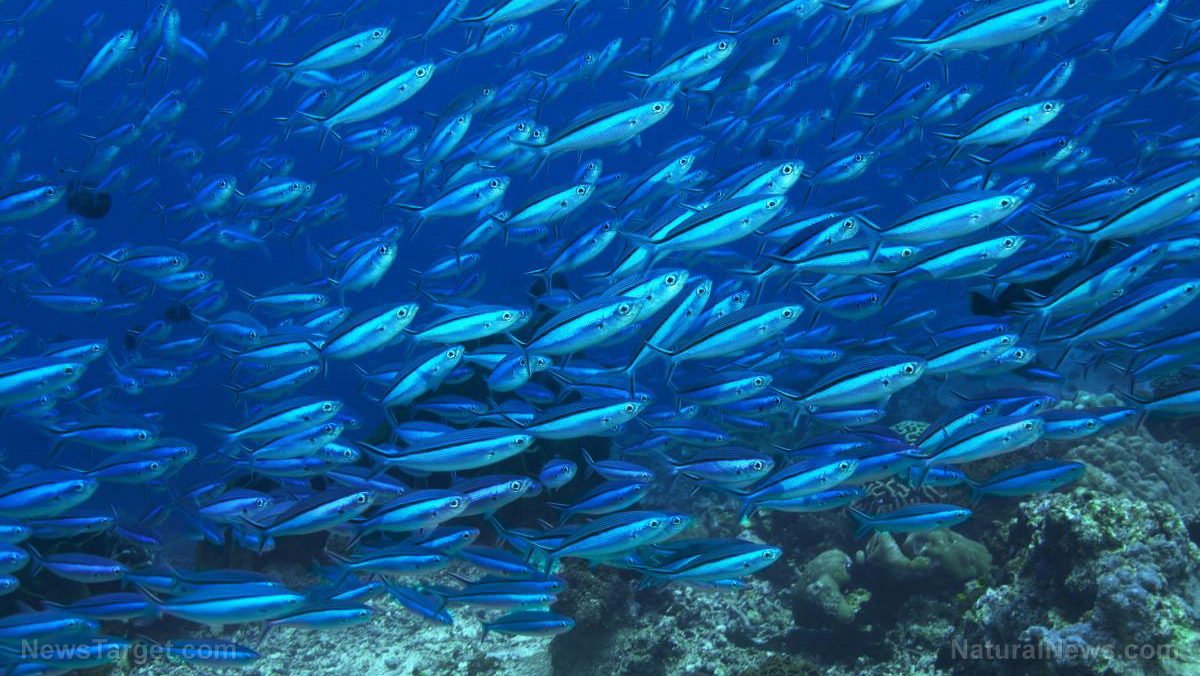Composting is known to be an environment-friendly practice of waste disposal. However, one study published in Science Advances suggests that organic compost and fertilizers may contain some amount of microplastics that make their way into freshwater and soil.
Studies have highlighted the presence of microplastics in water, but researchers at the University of Bayreuth in Germany suggest that microplastics could be causing problems on land as well. These plastics get spread over fields, where they may enter the food web and waterways or even break down further and become airborne, remarked Christian Laforsch, an ecologist at the University of Bayreuth.
The research team aimed to find out if microplastics could seep into fertilizers that were made with organic waste such as plant waste, table scraps, or uneaten food. The team tested organic composts and commercially available organic fertilizers from several processing plants in Germany.
Germany is known for their efficient waste disposal practices. Organic waste such as table scraps or uneaten food are disposed in their own bins designated for such materials. Those materials are sent to processing plants where they are cleaned and combed before conversion into fertilizer. Such facilities also collect plant waste from farms.
Microplastics found in almost every sample
In the study, the researchers tested samples including household compost and grass clippings, supermarket waste, and grain silage leftover from biogas production from both aerobic and anaerobic facilities, and also from a control facility that used only plant waste from a farm.
The team found some amount of microplastics in all of the samples they tested except those from the control facility. Compost samples taken from supermarket waste contained the greatest amount of plastic particles, with 895 pieces larger than one millimeter found per kg of dry weight. On the other hand, household compost contained 20 and 24 plastic particles per kg of dry weight, depending on the size of the sieves used to sift the compost.
Moreover, they found that the amount of microplastics depended on the process used at a given plant — they found more microplastics in the fertilizer from the aerobic facilities, suggesting that microplastics end up in biowaste due to their presence in foods, and from being collected and stored in plastic containers. The debris included bits of polyester and a lot of styrene-based polymers, commonly used in food packaging. Almost no particles were found in samples of silage from biogas production. The team found that much of the collected biowaste contained plastic. Households, for instance, didn’t properly sort their plastics from their compost materials, or they introduced plastics unnecessarily to the process.
“What happens most of the time is that people don’t like to put garbage into the bin as it is. They like to wrap it up,” Ruth Freitag, a chemist at the University of Bayreuth, and a co-author of the study.
The food industry was generally better about this than households, but still had its own set of problems. Unsold food items would enter the biowaste plants still wrapped in plastics, and these types of wrappers and packaging don’t break down the way organic material does – sometimes they never break down at all. (Related: Microplastics are leaking directly from an industry manufacturing site, spreading across a large coastal region.)
While compost probably does not contribute as much plastic to the environment as other sources like sewage treatments, compost distribution still has to be investigated, remarked Ragas. “This triggers a lot of questions we haven’t studied yet.”
Such questions include possible impacts on different organisms, from plants to earthworms to birds to people, said ecologist Chelsea Rochman of the University of Toronto. Those effects may differ depending on the kind of plastic, which varies depending on its starting polymer and the additives used to impart certain qualities such as flexibility, sturdiness or durability under ultraviolet (UV) light.
“We are not saying we should get rid of all plastics,” Rochman said, “but we do need to start thinking of plastics as a persistent global pollutant.”
Visit Pollution.news to learn more about the effects of microplastic pollution in the environment.
Sources include:
ScienceNews.org
MNN.com

